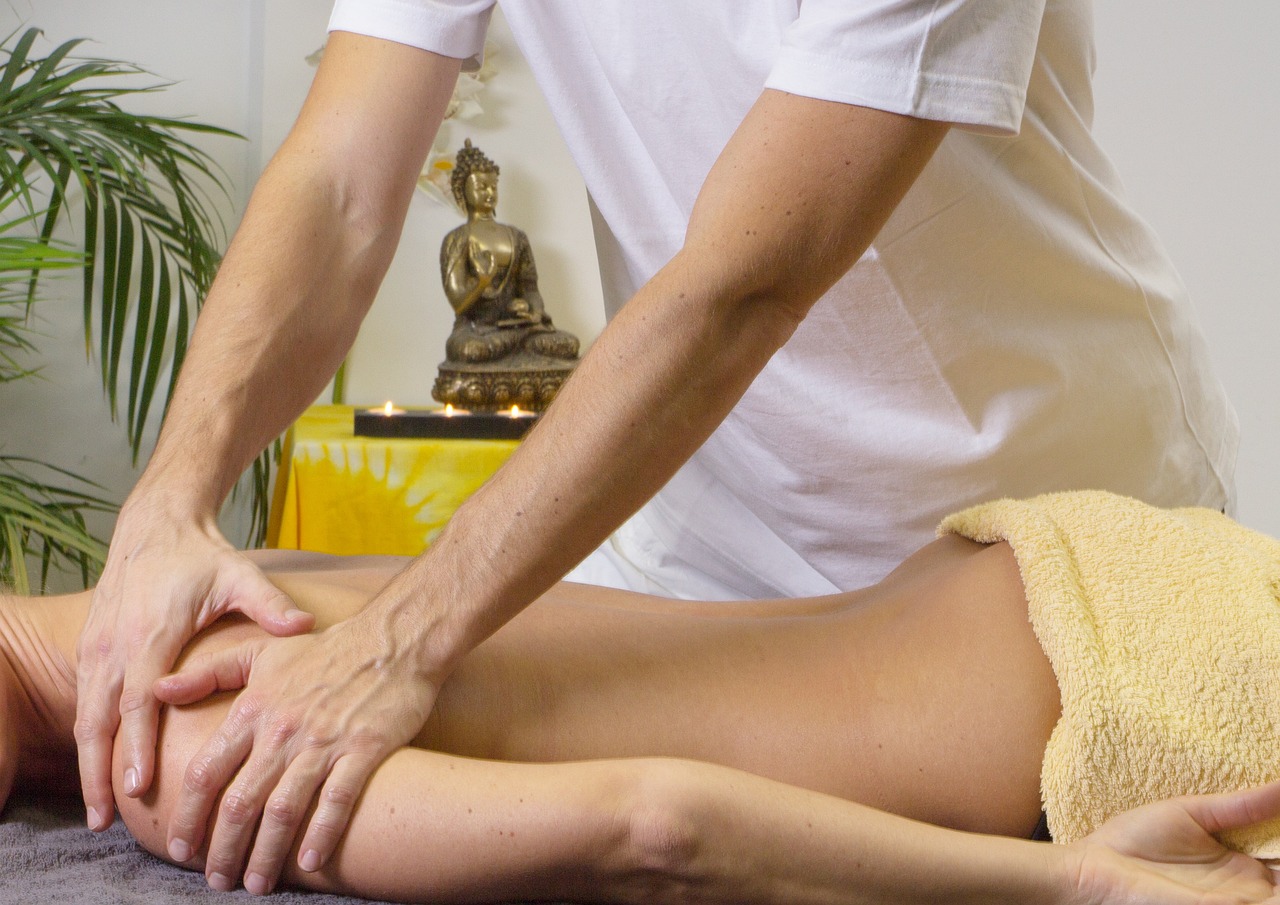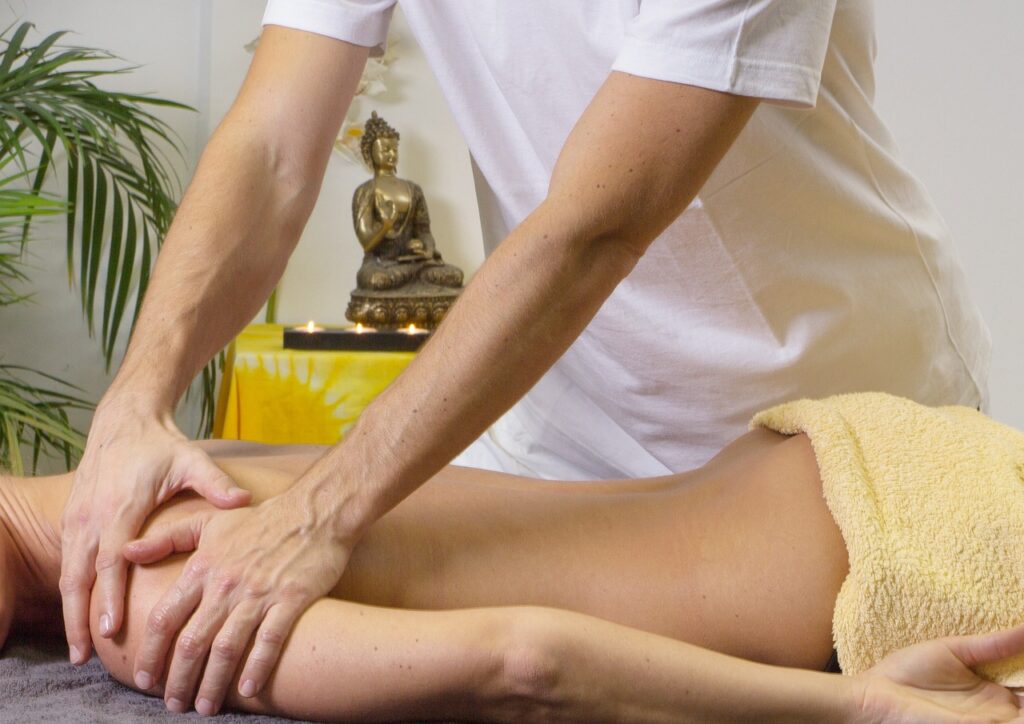
Exploring Prostate Massage: Health Benefits, Safety Tips, and How-To Guide
Prostate massage is a subject that often stirs curiosity, confusion, and even discomfort. While once considered a fringe or taboo topic, it’s now gaining recognition for its potential benefits in men’s health—both medically and sexually. Rooted in ancient healing practices and increasingly discussed in modern urology, prostate massage is more than just a buzzword. It offers therapeutic relief for specific conditions and may enhance sexual wellbeing.
Despite its growing popularity, there are many misconceptions surrounding prostate massage. For some, it’s wrongly associated solely with erotic practices; for others, it feels off-limits due to lingering societal stigmas. The truth, however, is far more balanced. Prostate massage, when done correctly and safely, can be a valuable tool for improving prostate health, boosting sexual function, and enhancing overall wellbeing.
In this post, we’ll demystify prostate massage, explore its health benefits, review important safety guidelines, and provide a practical how-to guide. Whether you’re curious for health reasons or considering it as a new aspect of your wellness routine, this guide is designed to educate and empower.
What is Prostate Massage?
Prostate massage involves the gentle stimulation of the prostate gland, typically through the rectum, to encourage circulation, release fluid buildup, or enhance sensation. It can be performed by a medical professional, a partner, or oneself and can serve both therapeutic and pleasurable purposes.
Understanding the Prostate Gland
The prostate is a small, walnut-sized gland located just below the bladder and in front of the rectum. It surrounds part of the urethra and plays a critical role in male reproductive health. Its primary function is to produce seminal fluid, which nourishes and transports sperm during ejaculation.
As men age, the prostate can become enlarged or inflamed, leading to issues like prostatitis (inflammation of the prostate) or benign prostatic hyperplasia (BPH). These conditions may result in urinary discomfort, sexual dysfunction, or pelvic pain.
Techniques of Prostate Massage
There are various techniques for performing a prostate massage:
- External Massage: Gentle pressure applied to the perineum (the area between the anus and scrotum) can indirectly stimulate the prostate.
- Internal Massage: Involves inserting a lubricated, gloved finger or specially designed tool into the rectum to directly stimulate the prostate.
- Professional Medical Massage: In certain cases, a trained healthcare provider may perform prostate massage as part of a treatment plan.

Benefits of Prostate Massage
Prostate massage is not just a novelty—it’s a practice backed by growing anecdotal evidence and some clinical interest. While research is still evolving, many men report notable health improvements from regular prostate stimulation.
Physical Health Benefits
- Relief from Prostatitis and BPH: Regular prostate massage may reduce inflammation and improve urinary flow by releasing excess prostatic fluid.
- Improved Circulation: Stimulating the prostate can promote blood flow in the pelvic region, which may support tissue health and healing.
- Support for Erectile Function: Some users report improved erection quality, possibly due to enhanced blood circulation and muscle tone.
Sexual Health and Pleasure
- Enhanced Orgasm: The prostate is often called the “male G-spot” due to its potential to intensify orgasms when stimulated.
- Increased Semen Volume: Massaging the prostate can sometimes lead to more voluminous and satisfying ejaculation.
- Exploration of New Sensations: Prostate play can be a way for individuals or couples to deepen intimacy and discover new erogenous zones.
Emotional and Psychological Benefits
- Improved Body Awareness: Learning about one’s body in a non-judgmental way can foster a sense of empowerment and self-acceptance.
- Stress Reduction: Like other forms of massage, prostate stimulation can reduce tension and promote relaxation.
“Prostate massage can be a therapeutic addition to a man’s health routine, especially for those with chronic pelvic pain,” says Dr. Michael Werner, a urologist specializing in male reproductive health.
Safety and Precautions
While prostate massage can be beneficial, it’s essential to approach it with care and awareness. The rectum and prostate are sensitive areas, and incorrect technique may lead to discomfort or even injury.
Key Safety Tips
- Start Slowly: Don’t rush. Begin with external massage before progressing to internal techniques.
- Use Lubrication: Generous use of a water-based lubricant minimizes friction and discomfort.
- Trim Nails and Wash Hands: Hygiene is crucial to avoid infection or irritation.
- Listen to Your Body: Stop immediately if you feel pain, pressure, or discomfort.
When to Avoid Prostate Massage
- Prostate Cancer: Massage is not recommended for individuals with prostate cancer, as it may cause cancer cells to spread.
- Acute Prostatitis: During active infection or inflammation, stimulation can worsen symptoms.
- Rectal Conditions: Hemorrhoids, fissures, or rectal bleeding are contraindications.
Always consult a healthcare provider before beginning prostate massage, especially if you have a history of prostate or rectal issues.
How to Perform Prostate Massage
If you’re interested in trying prostate massage, either solo or with a partner, here’s a safe and simple guide to get started.
Preparation
- Cleanliness: Wash hands and trim nails. Empty your bowels beforehand if possible.
- Privacy and Comfort: Choose a quiet, private space where you can relax without interruptions.
- Supplies: Use gloves, water-based lubricant, and consider a mirror or towel for ease and cleanliness.
Step-by-Step Guide
Solo Massage:
- Relax: Take a warm bath or engage in deep breathing to relax the pelvic muscles.
- Apply Lubricant: Lubricate your finger and the anal opening.
- Insert Slowly: Gently insert a finger about 2-3 inches into the rectum. You’ll feel the prostate as a firm, round bulge toward the front of the body.
- Massage Gently: Use slow, circular or “come hither” motions. Stop if it becomes uncomfortable.
- Monitor Response: You may experience fluid release or heightened sensation. This is normal.
With a Partner:
- Establish trust and communication.
- Decide on a safe word or signal to pause or stop.
- Partners can follow the same steps, ensuring patience and consent throughout.
Using Tools
Prostate massagers are designed for safety and ease. Look for:
- Medical-grade silicone
- Flared base for safety
- Curved tip for precise stimulation
Clean thoroughly before and after use.
Conclusion
Prostate massage is a practice that offers a wide array of potential health and wellness benefits—from relieving chronic pelvic discomfort to enhancing sexual pleasure. Despite past stigmas, more men are exploring this option as part of a proactive approach to their health. When practiced safely and respectfully, prostate massage can be both therapeutic and enjoyable.
Understanding the anatomy, benefits, and proper technique is essential to getting the most out of this practice. Just as importantly, consulting with a healthcare provider before starting can help rule out any contraindications and provide peace of mind.
Whether you’re considering prostate massage for medical relief, intimate exploration, or simply better self-awareness, it can be a valuable addition to a comprehensive men’s health routine. Explore it at your own pace, stay informed, and listen to your body—it might just become a transformative aspect of your wellness journey.
Disclaimer: This blog post is for informational purposes only and does not substitute professional medical advice. Always consult your healthcare provider before beginning any new health practice.
